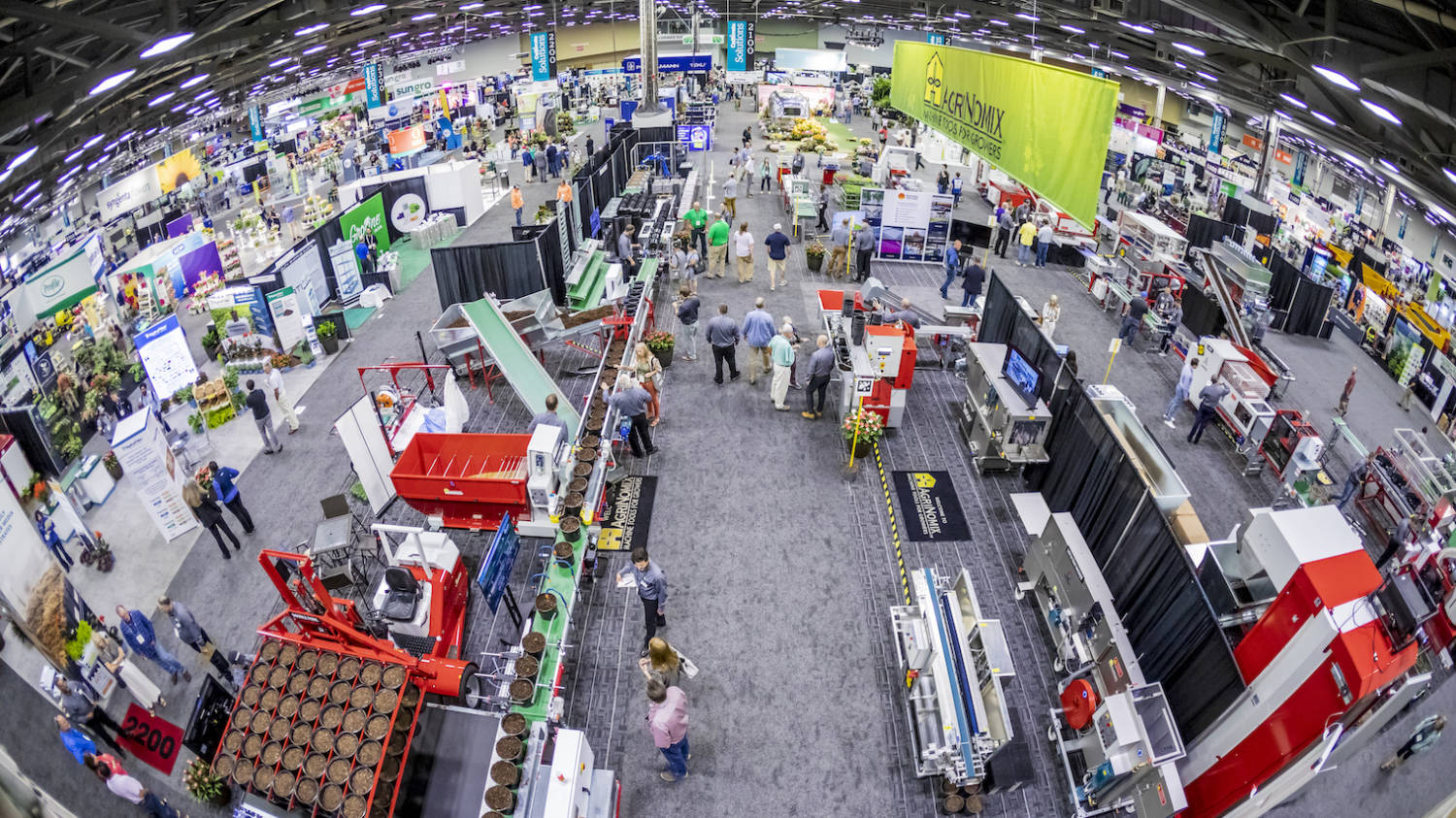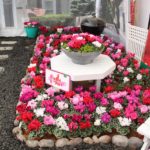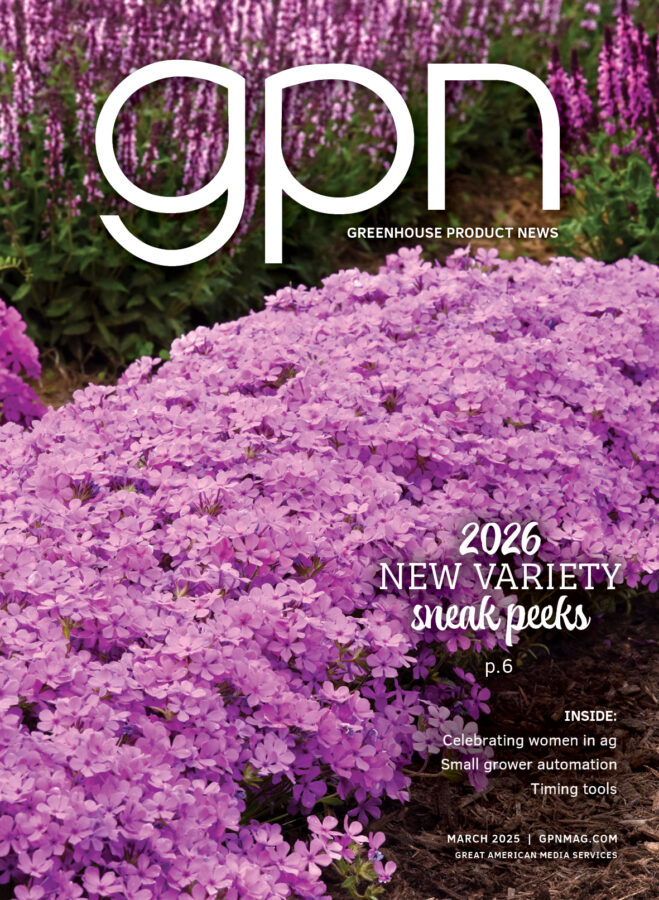Successful Use of the PGR Daminozide
Daminozide was one of the first plant growth retardants (PGRs) registered for use on agricultural crops. It was first registered in 1963 for use on potted chrysanthemums and was later approved for use on food crops. Although it is still commonly used on ornamentals, its use on food crops was withdrawn in 1990 due to possible health risks.
Currently, there are two major commercial products available in the United States and Canada that contain daminozide: B-Nine (from OHP) and Dazide (from Fine Americas). Both come as a water-soluble granule containing 85 percent of the active ingredient. Based on research conducted by Jim Barrett at the University of Florida, these products are only effective as a foliar spray; if applied as a drench, the chemical is rapidly broken down by the growing media. A typical application spray volume for daminozide is the same as that for other PGRs: 2 quarts per 100 square feet of growing area.
B-Nine and Dazide are water-soluble PGRs that permeate leaf surfaces relatively slowly. Movement into leaf tissue only occurs while the leaf surface is still wet with the PGR solution and therefore, the absorption and activity of daminozide increases under slow-drying conditions. This important attribute is the reason behind the following B-Nine and
Dazide application guidelines:
• Spray applications are more effective when made at a high humidity, on a cloudy day, at low temperatures and when the air is calm. A spray made during the heat of the day can dry rapidly, resulting in reduced effectiveness.
• Applications should be made to well-watered plants with dry leaves. Wilted plants can absorb less PGR, and wet leaves can dilute the PGR concentration.
• Overhead irrigation should not be made soon after an application, as the water can wash off the PGR before it has been allowed to enter leaves.
Once daminozide enters leaf tissue however, it quickly moves throughout the plant to inhibit subsequent extension growth of stems and leaves.
Daminozide has a fairly wide range of efficacy on ornamentals and is commonly used on young plants such as seedling plugs and liners. It cannot be legally applied to herbs or other food crops. Typical spray rates for young plants range from 1,500 to 2,500 ppm, whereas higher rates of up to 5,000 ppm are sometimes used on finish plants. Carefully follow the mixing instructions on the product labels to deliver the desired concentration. Applications are best made just as plants begin to rapidly elongate.
Compared with other PGR products, daminozide has a fairly short residual effect, typically lasting one to two weeks but sometimes up to four weeks depending on crop and rate. This shorter residual can be desirable for young plant production, since growth inhibition may not be desired by some after transplanting. This means that the PGR may need to be applied multiple times during a crop cycle for continued growth inhibition. However, research conducted at Michigan State University has shown that a spray application to plugs can have a carry-over effect on the finish plant height of some crops (Figure 1).
Daminozide has a 24-hour re-entry interval, which only allows workers to re-enter treated areas if they wear protective clothing that includes chemical-resistant gloves. Labeled uses are for containerized ornamentals. Consult the product labels, OHP and Fine Americas, as well as university and technical specialists, for more information on successful commercial use of this PGR.



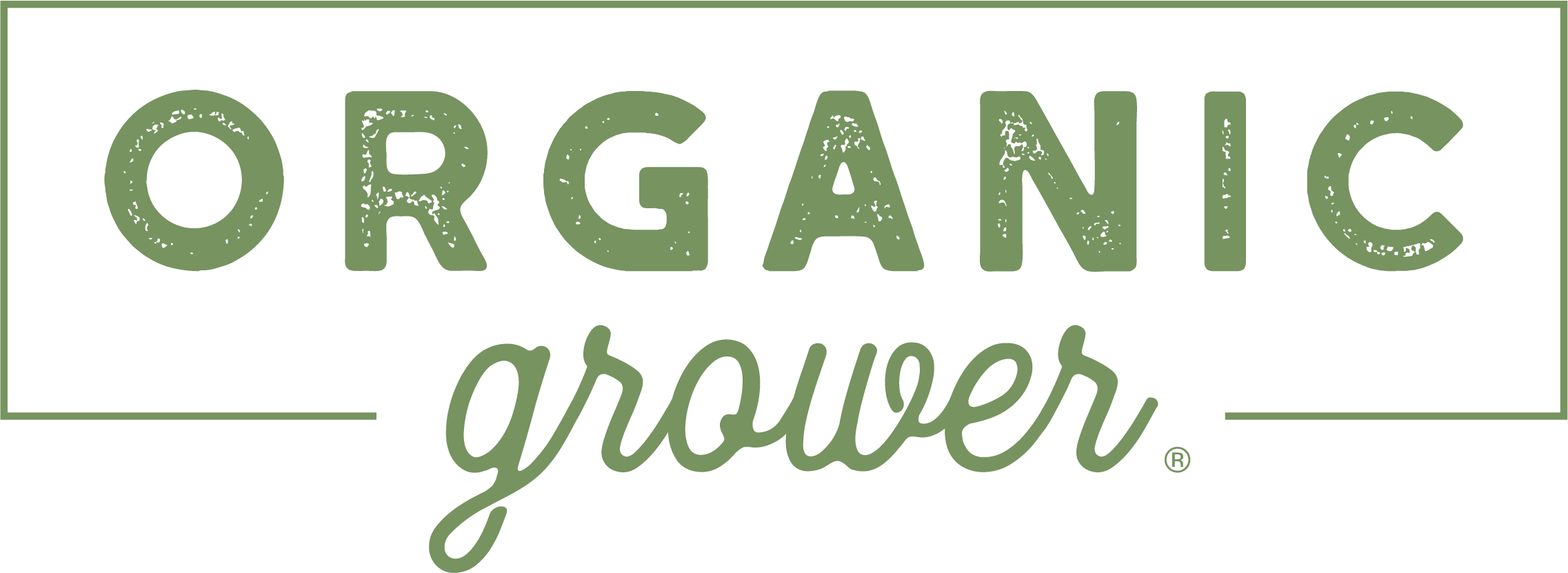




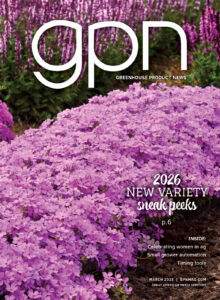
 Video Library
Video Library 
